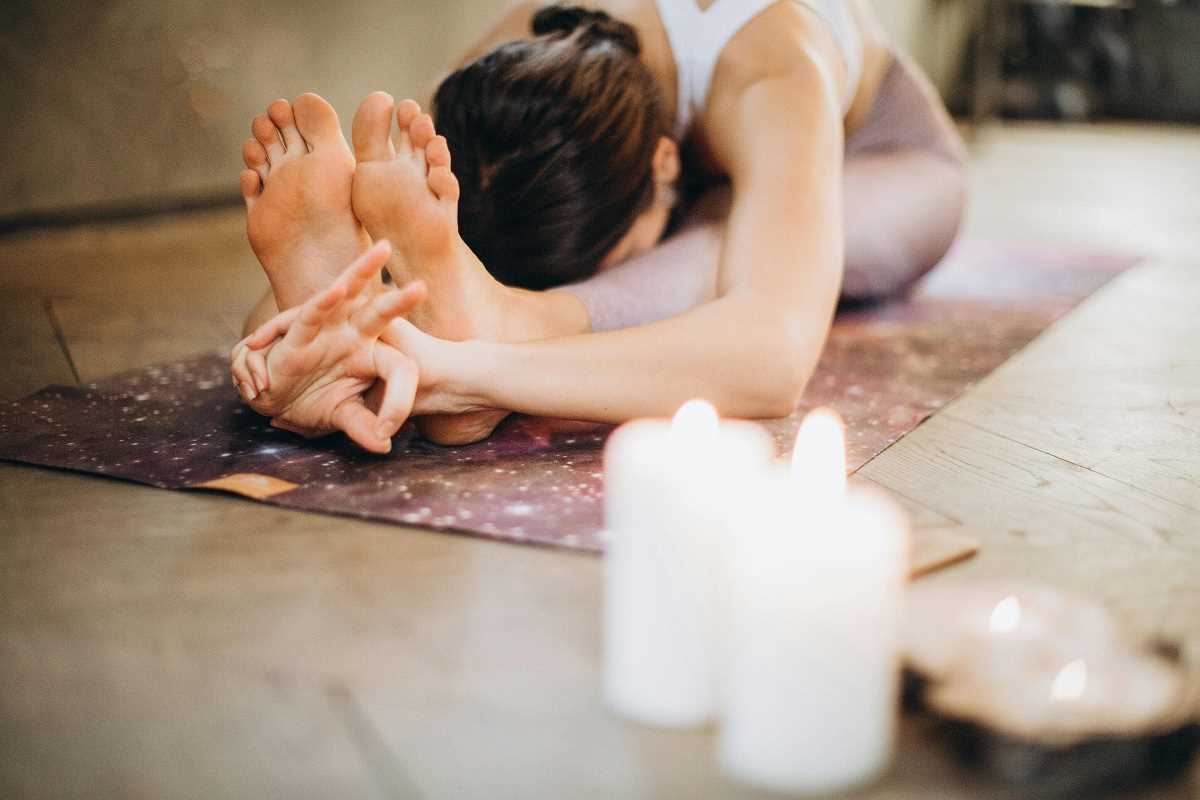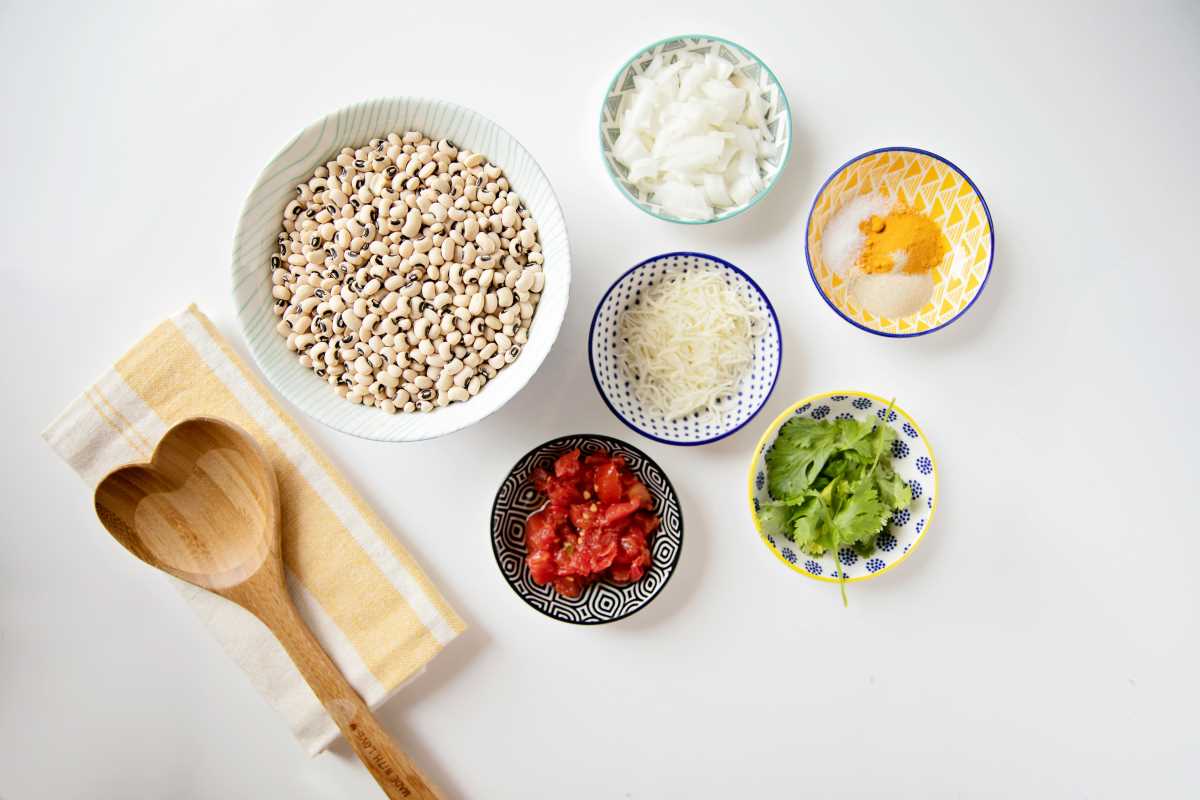Chronic pain represents a pervasive challenge that undermines quality of life by interfering with daily activities, impairing mental health, and reducing overall well-being. Its effects extend beyond physical discomfort, creating emotional burdens that hinder normal functioning. Effective management of persistent pain requires a comprehensive approach that addresses not only the physical symptoms but also the psychological challenges accompanying long-term pain conditions. Traditional medical treatments typically focus on alleviating symptoms, yet many individuals experience only limited relief. Complementary therapies, such as gentle yoga, offer a promising holistic alternative that nurtures both body and mind. Gentle yoga emphasizes slow, deliberate movements combined with deep breathing and relaxation techniques, enabling individuals to enhance flexibility, reduce muscle tension, and foster inner calm. This integrative method contributes significantly to improved pain management, stress reduction, and an overall enhanced quality of life. By adopting such holistic practices, patients have the opportunity to regain control, mitigate chronic pain's impact, and embrace a more balanced and hopeful approach to long-term wellness.
Understanding Gentle Yoga
Gentle yoga is a mindful practice that emphasizes slow movements, deep breathing, and relaxation techniques. It particularly suits individuals dealing with chronic pain, as it prioritizes ease and comfort over intense physical exertion. The key principles of gentle yoga include:
- Mindfulness: Focusing on the present moment and bodily sensations to enhance self-awareness.
- Breath Control: Utilizing deep, controlled breathing to promote relaxation and reduce stress.
- Adaptability: Modifying poses to accommodate physical limitations and prevent discomfort.
- Consistency: Encouraging regular practice to gradually improve flexibility and strength.
By adhering to these principles, gentle yoga becomes an accessible and effective practice for those seeking to manage chronic pain without exacerbating their condition.
Benefits of Yoga for Chronic Pain
Engaging in yoga can yield numerous psychological and physical benefits for individuals experiencing chronic pain. Psychologically, yoga provides a sense of control over one's body, which can alleviate feelings of helplessness often associated with persistent pain. The meditative aspects of yoga practice also help reduce anxiety and depression, promoting a more positive outlook.
Physically, gentle yoga enhances flexibility, strength, and balance, which are crucial for pain management. Regular practice can improve circulation, reduce muscle tension, and increase joint mobility, all of which contribute to decreased pain levels. Furthermore, yoga stimulates the release of endorphins, the body's natural painkillers, providing both immediate and long-term relief. For those seeking comprehensive pain management options, integrating yoga into their routine offers a promising avenue.
Key Yoga Poses for Pain Relief
Certain yoga poses are particularly beneficial for alleviating chronic pain by targeting specific areas of the body and promoting overall relaxation. Incorporating these poses into a regular yoga routine can significantly enhance pain management efforts:
- Child's Pose (Balasana): This restorative pose gently stretches the back, hips, and thighs while calming the mind, making it ideal for relieving lower back pain and stress.
- Cat-Cow Pose (Marjaryasana-Bitilasana): Alternating between arching and rounding the spine, this pose improves spinal flexibility and reduces tension in the back and neck.
- Legs Up the Wall (Viparita Karani): By elevating the legs, this pose enhances circulation, reduces swelling, and alleviates discomfort in the legs and lower back.
- Supported Bridge Pose (Setu Bandhasana): This gentle backbend strengthens the lower back, opens the chest, and stretches the spine, providing relief from chronic back pain.
- Seated Forward Bend (Paschimottanasana): This pose stretches the hamstrings and lower back, promoting flexibility and easing tension in these areas.
Each of these poses can adapt to individual needs, ensuring that practitioners can engage in yoga safely and effectively to manage their pain.
Integrating Yoga into Daily Life
Incorporating gentle yoga into a daily routine requires practical methods that align with individual lifestyles and pain management goals. Here are some tips to help integrate yoga seamlessly:
- Start Small: Begin with short sessions, such as 10-15 minutes, and gradually increase the duration as comfort and flexibility improve.
- Set a Consistent Schedule: Designate specific times each day for yoga practice to establish a routine and ensure regularity.
- Create a Comfortable Space: Choose a quiet, clutter-free area where you can practice without interruptions, enhancing focus and relaxation.
- Listen to Your Body: Pay attention to your body's signals and modify poses as needed to prevent overstretching or discomfort.
- Incorporate Breathing Exercises: Integrate deep breathing techniques to enhance relaxation and maximize the benefits of each session.
- Seek Professional Guidance: Consider attending classes or consulting with a certified yoga instructor to ensure proper technique and personalized adjustments.
- Combine with Other Therapies: Use yoga in conjunction with other pain management methods, such as physical therapy or medication, for a comprehensive approach.
By following these practical tips, individuals can effectively integrate gentle yoga into their daily lives, enhancing their ability to manage chronic pain and improve overall well-being.
Incorporating gentle yoga into chronic pain management can significantly enhance both physical and mental well-being. This holistic approach offers renewed hope and lasting benefits for those living with persistent pain.
 (Image via
(Image via





